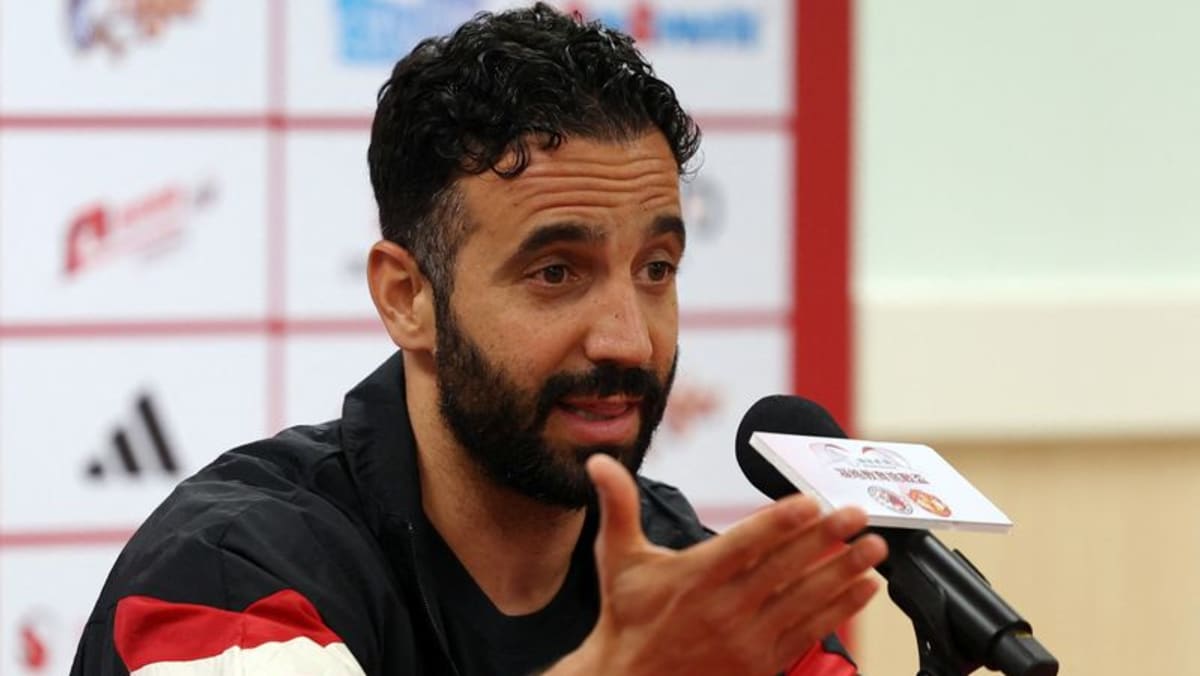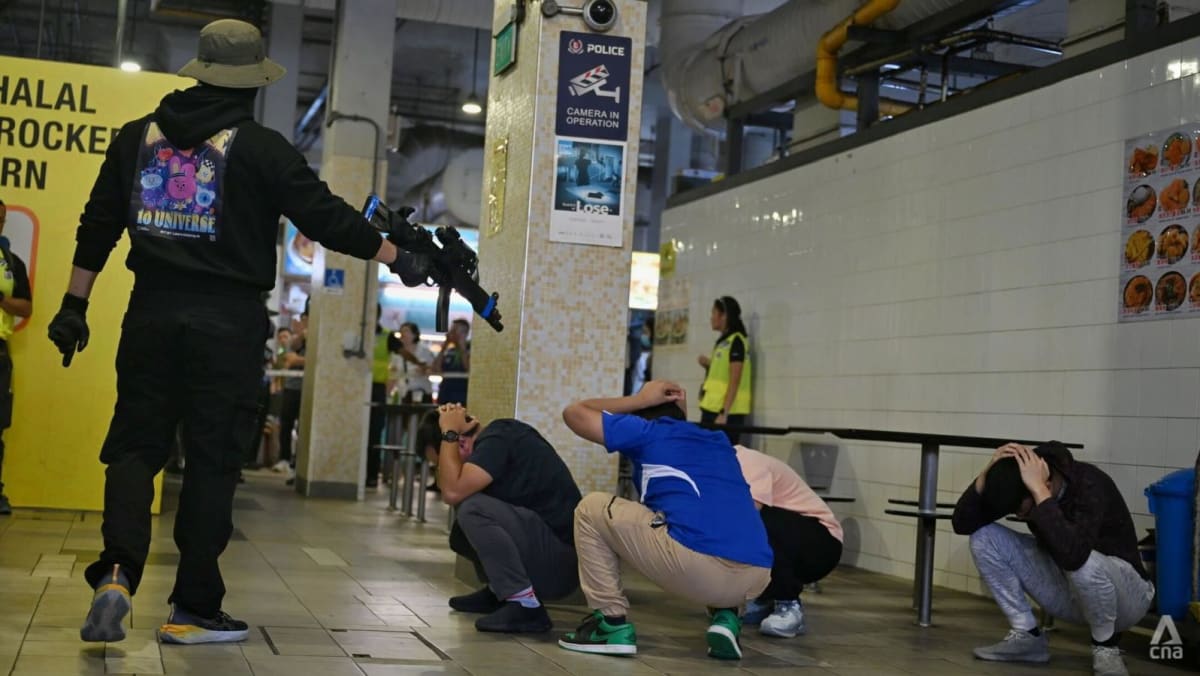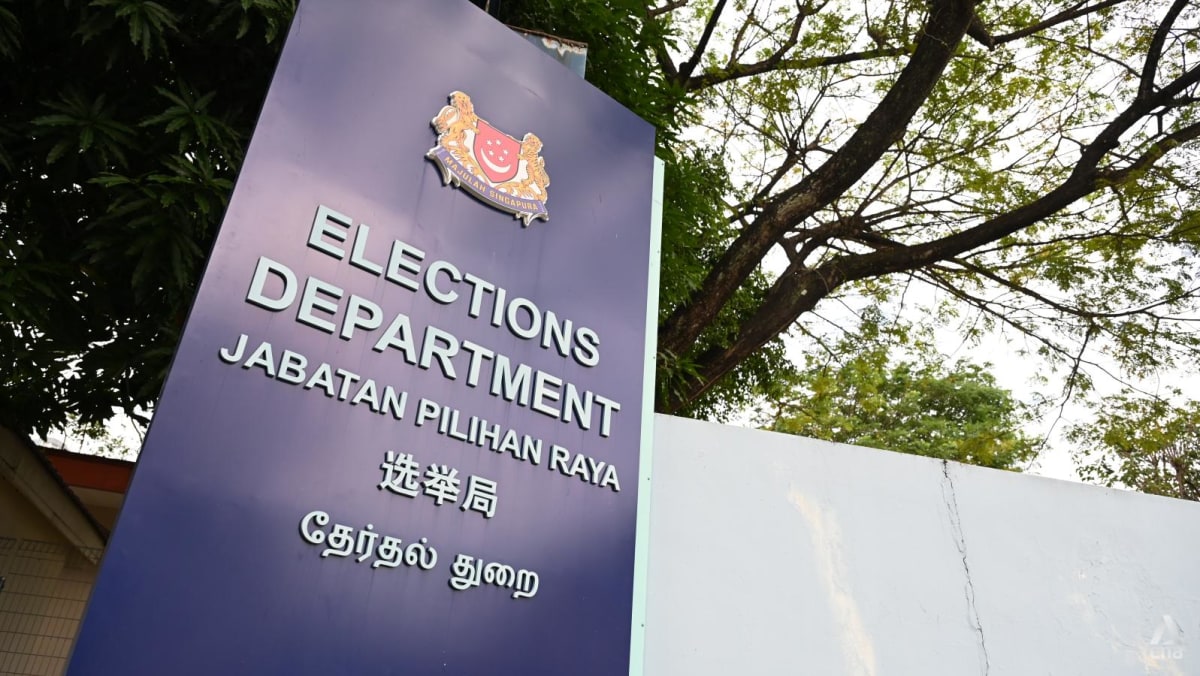CHICKS FLEDGED
The older chick fledged on May 18, while its sibling fledged on May 21, said NParks. This refers to young birds growing feathers and learning how to fly.
However, both birds were found on the ground floor shortly after they each fledged and were brought to NParks’ Centre for Wildlife Rehabilitation for health assessments.
“X-rays for both chicks showed no fracture, and the first fledgling was released back to its nest on May 20 and the younger one on May 23,” said NParks.
The older fledgling has shown that it is now capable of stronger flight and gaining elevation.
On May 23, it was spotted with its parents, perched on the nearby One Raffles Place. The next day, it was seen on the building again, but at a higher spot.
“While the fledglings are gaining strength and confidence in flying, they may accidentally find themselves on the ground again,” said NParks.
It advised the public to contact NParks’ Animal Response Centre at 1800 476 1600 if any of the fledglings are seen on the ground.
FUTURE PLANS
The research team placed temperature and humidity sensors in both recesses on the sides of the OCBC Centre on Apr 30.
“This can help determine if there are microclimatic preferences in nest site selection, based on the prevailing temperature or humidity, which would vary at different times of the year,” explained NParks.
“As Singapore’s only known breeding pair of peregrine falcons, these birds provide invaluable research opportunities,” said Dr Malcolm Soh, the principal researcher on NParks’ wildlife management research team.
“Their presence allows us to gather crucial data about peregrine falcon breeding biology in tropical regions, where their ecology remains poorly understood.”
One particular area of interest is learning what nesting conditions, such as temperature and nesting substrates, are suited for peregrine falcons to breed in urban areas, he said.
NParks said that the team will also be reviewing CCTV footage to determine the types of prey caught by the falcons, with Dr Soh adding that the prey species captured by the falcons are expected to be different from those caught by birds nesting in natural habitats.
“By studying their breeding patterns and foraging preferences, we can develop more effective conservation strategies to support their successful adaptation to Singapore’s urban landscape,” Dr Soh said.













